3D models of faces made from DNA taken from discarded objects
Categories: Photo project
By Pictolic https://pictolic.com/article/3d-models-of-faces-made-from-dna-taken-from-discarded-objects.htmlHeather Dewey-Hagborg is a digital artist interested in art as a source of data for research and social issues. Using tools ranging from various algorithms to DNA, she creates works aimed at understanding human nature, technology and the environment. As part of her amazing project, Visions of Strangers, Heather collects DNA samples from a variety of objects thrown on the street, such as hair, nails, cigarette butts and chewing gum. She then takes DNA samples to the lab and creates the sequence. Further, this sequence goes to a special computer, which produces a 3D model of the face of the person who used this item. Heather then prints the results. It turns out just a fantastic project!
(Total 9 photos)
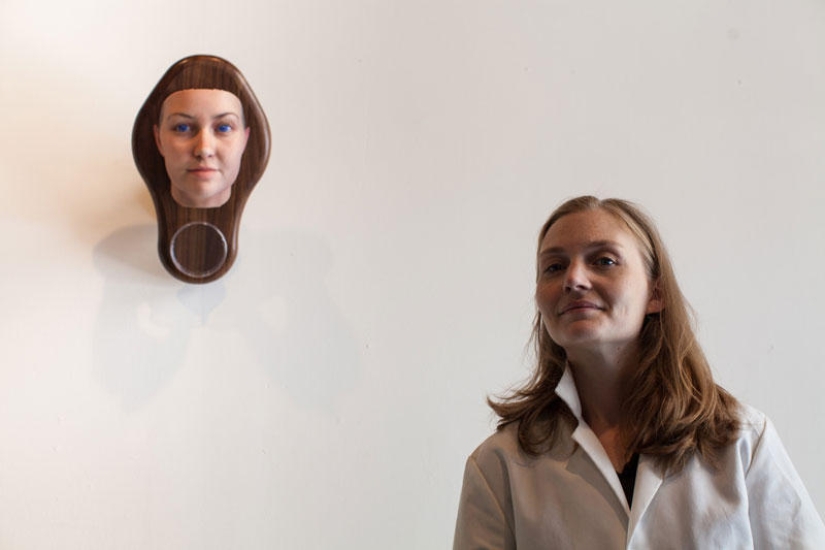
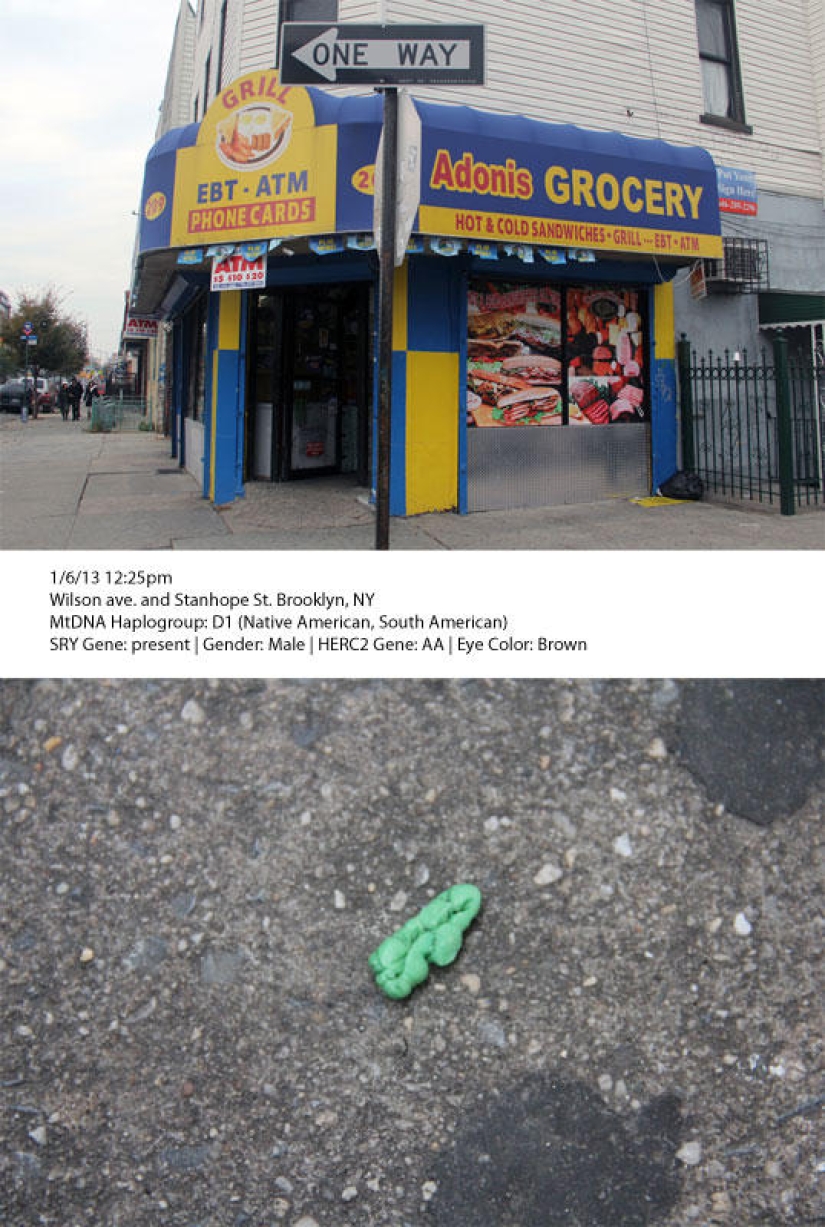
1. It all started when Heather was sitting in the doctor's office. In front of her hung a picture in which there was a small crack, and someone's hair got stuck in this crack. She looked at the hair and thought to whom it belonged, and what kind of person it was. Thus, the idea of the project "Visions of Strangers" was born. “We scatter our DNA all over the place and we don’t even know it,” Heather says.
On the picture:
January 1, 2013, 12:25
Wilson Avenue and Stanhope Street, Brooklyn, New York
Halo group K: D1 (Indian, South African)
SRY gene: present
Gender: male
Eye color: brown
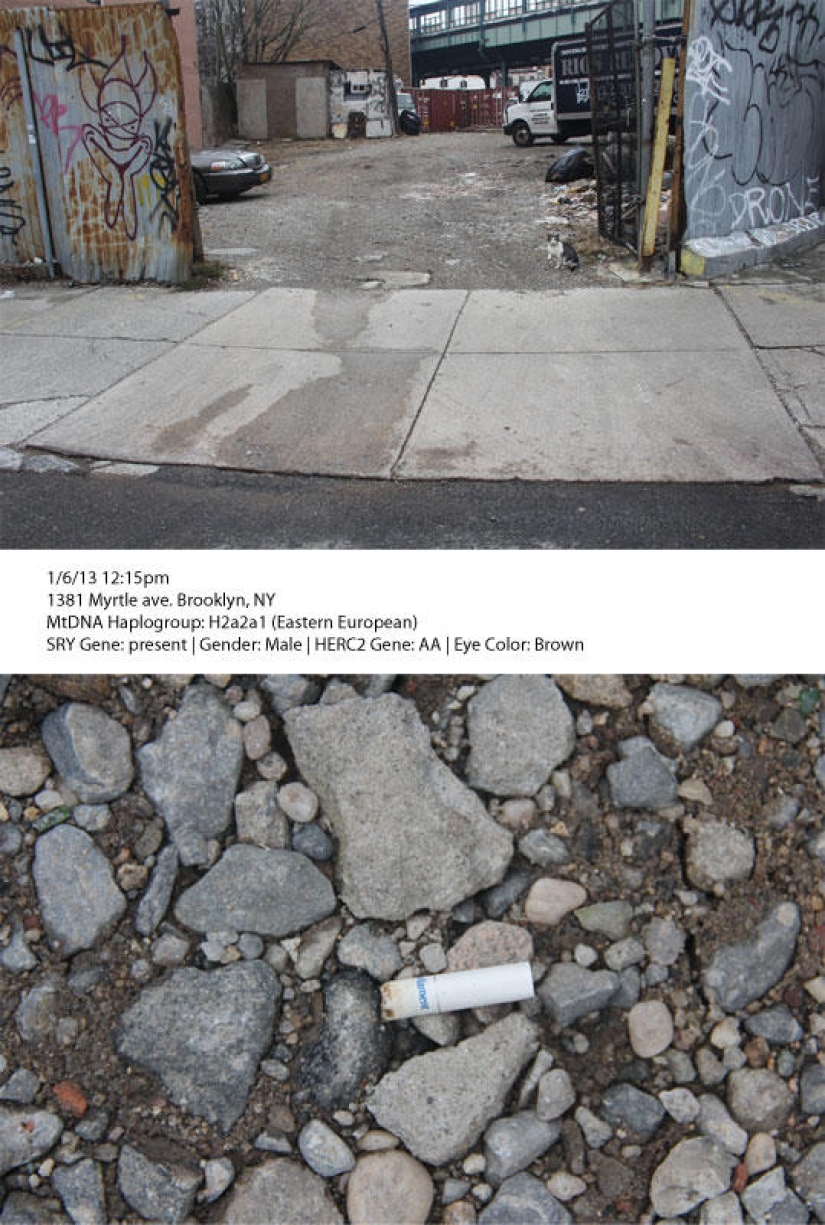
2. “I collect things like cigarette butts,” says Heather. “Then I take them to the lab, extract the DNA, and amplify certain regions of the subject using the Polymerase Chain Reaction technique. This allows me to explore certain regions of the genome that distinguish one person from another.”
On the picture:
January 1, 2013, 12:15
Myrtle Avenue, Brooklyn, New York
Halogroup K: H2a2a1 (Eastern European)
SRY gene: present
Gender: male
Eye color: brown
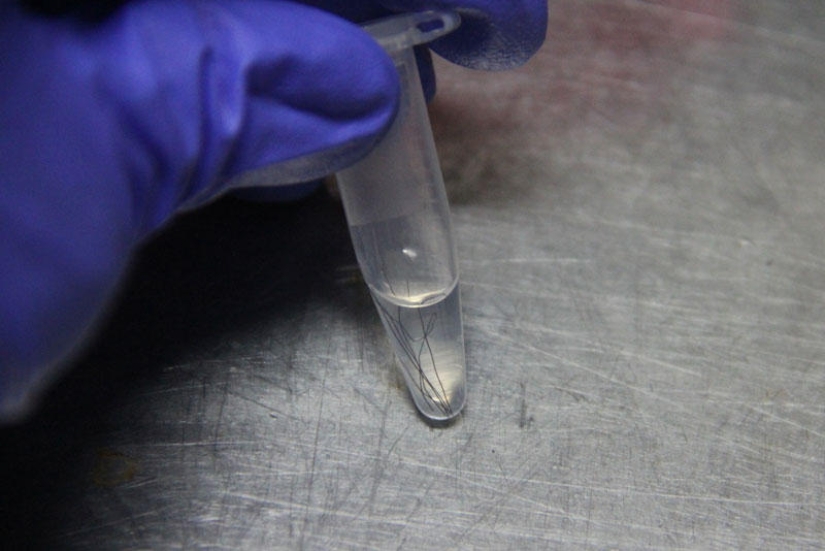
3. “Then I send my results to the lab for sequencing. I receive text files that contain the nucleotides that make up DNA. I then sequence the genes using bioinformatics programs.
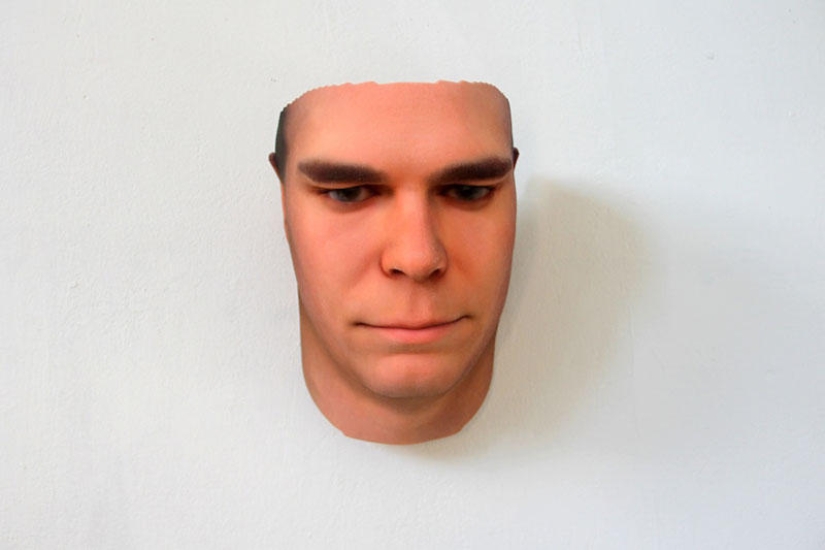
4. “Next, this data goes to a computer specially created for this, which translates this data into the physical features of a given person.”
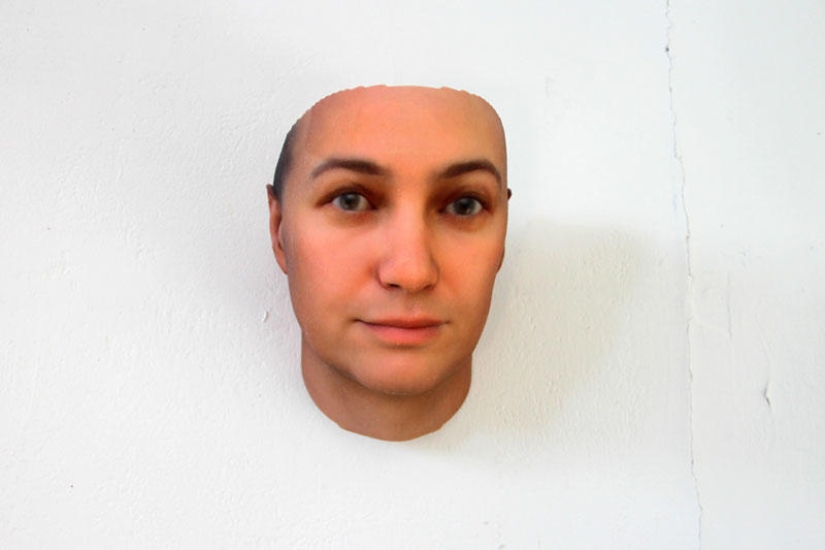
5. "I'm interested in characteristics such as gender, ancestry, eye and hair color, freckles, skin color and certain facial features, such as the width of the nose and the distance between the eyes."
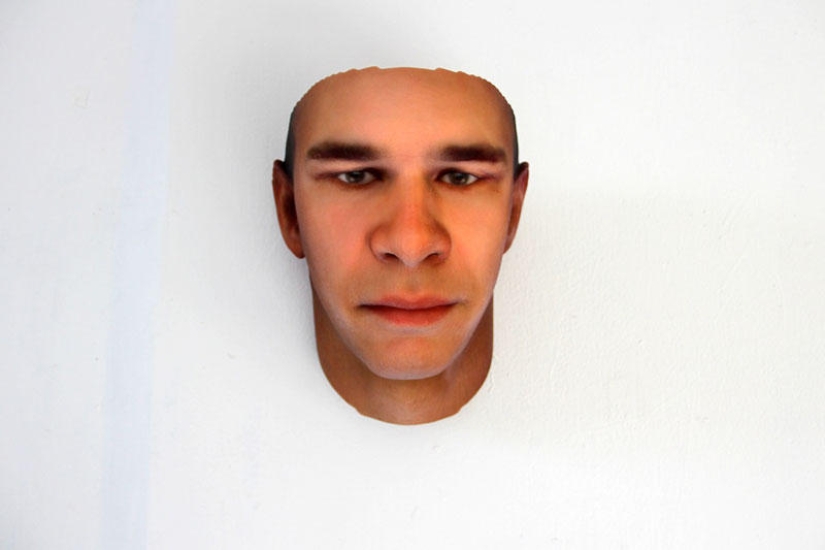
6. “I add the finishing touches to the resulting model in a 3D program, and then I print it out. I use a Zcorp printer that prints a full range of colors with a powder-like material."
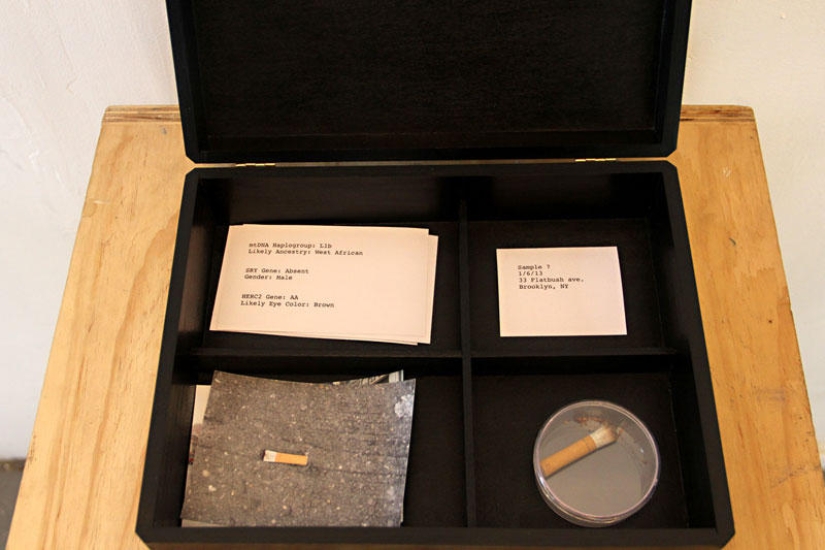
7. “Of course, this project is still in its early stages of development. The results obtained are more like a brother or sister of a given person than an exact copy of him.

8. Research into facial morphology and how they differ from others is yet to be improved.” Heather also does not know the age of the "experimental". "The program creates models of the faces of a 25-year-old man."
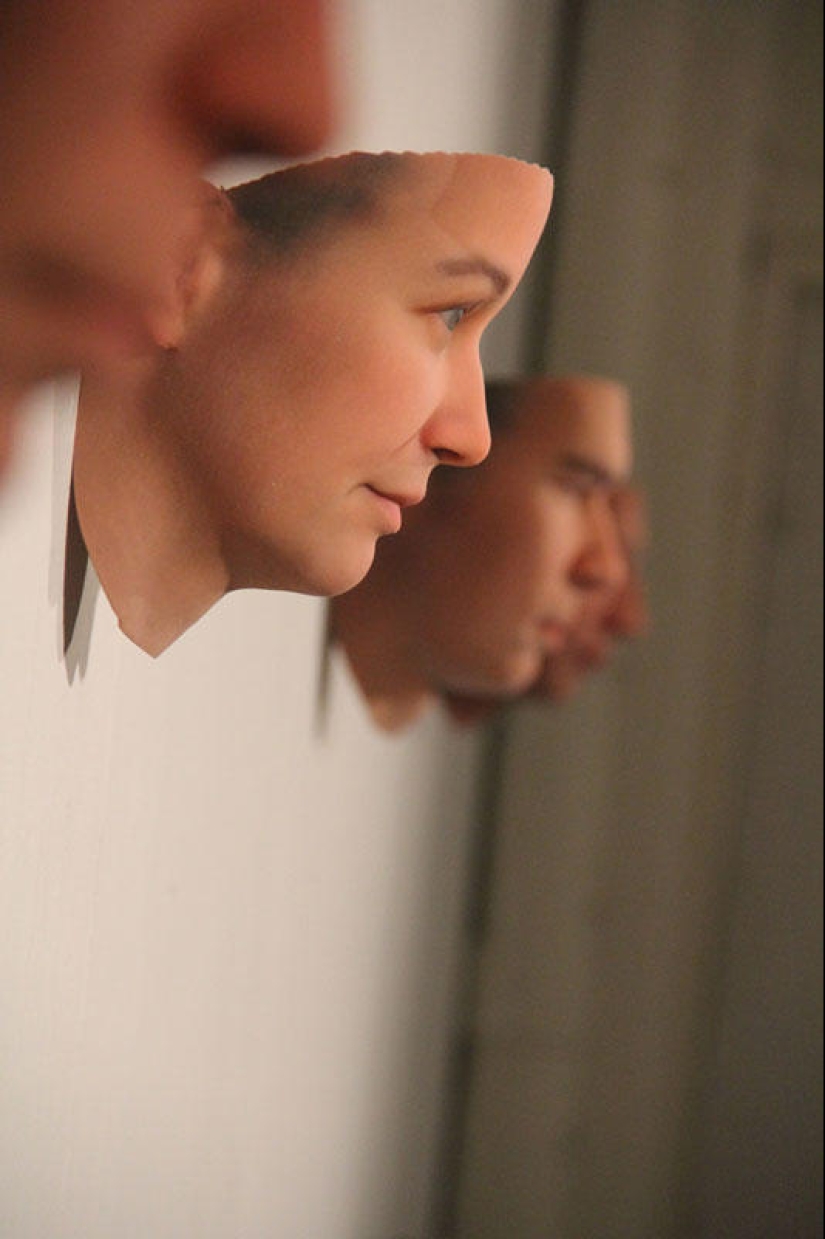
9. Many people don't even know that their face model has already been included in Heather's project. We constantly leave our DNA samples around us, sort of traces that give access to personal information that we ourselves may not know about ourselves.
Recent articles

Genre painting, showing scenes from people's real lives, is one of the most difficult areas in the fine arts. It’s not enough ...

Some celebrities are very different from the industry for his shyness and gloom. Large fees, international fame, parties, social ...
Related articles

Yuuki Morita is a promising young sculptor and artist from Japan. The source of inspiration for him was nature, its diversity and ...

Have you ever noticed that if you turn a photo of a human face upside down, what you see seriously resembles the physiognomy of a ...

Millions of people around the world after the new year holidays will try to give up alcohol. Challenge "January-tresuary" launched ...

Mark Twain became renowned as a master of irony and a keen observer of human foibles, but few know that he was one of the ...